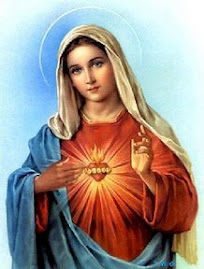 "This coming-of-age novel is engaging on several levels. The naturalist's love of the Limberlost, the tormented mother-daughter relationship and the final realization of perspective and truth all work together in a truly delightful story."
"This coming-of-age novel is engaging on several levels. The naturalist's love of the Limberlost, the tormented mother-daughter relationship and the final realization of perspective and truth all work together in a truly delightful story."This book is phenomenal! I don't even know where to begin with singing its praises! Well I suppose the best place to begin is with the exceptional main character, Elnora Comstock. She is an incredibly strong and beautiful woman and a fantastic role model for girls. She has a strength that is rooted in herself which gets her through every trial and tribulation which she must endure. Nearly everything that this book teaches flows from Elnora. Perhaps the greatest lesson that Elnora embodies is a control over emotion which allows her to make clear-headed decisions and retain her composure even in the most stressful situations.

In addition, this book is fantastic for highlighting the mother-daughter relationship; showing the effects both of a bad relationship and a good one. It clearly demonstrates the effect that a mother has on her child, how she influences his or her entire life both by the way she raises her child and the way she conducts herself.
Since I am studying to be a teacher I was very excited to find some great advice for teachers in this book:
Another fantastic quote:
"The world is full of happy people but no one ever hears of them."
I wish I could say more about this book, it's so fantastic, but I'm afraid I'll give the whole thing away! So I'll just say that it is an absolute must read!






















 Augustine was born on November 13, 354 in Tagaste, Numidia, North Africa, the son of Patricius and St. Monica. Though his mother did her best to raise the boy as a Christian, his studies in Carthage were determined to pull him in the opposite direction.
Augustine was born on November 13, 354 in Tagaste, Numidia, North Africa, the son of Patricius and St. Monica. Though his mother did her best to raise the boy as a Christian, his studies in Carthage were determined to pull him in the opposite direction. 

























